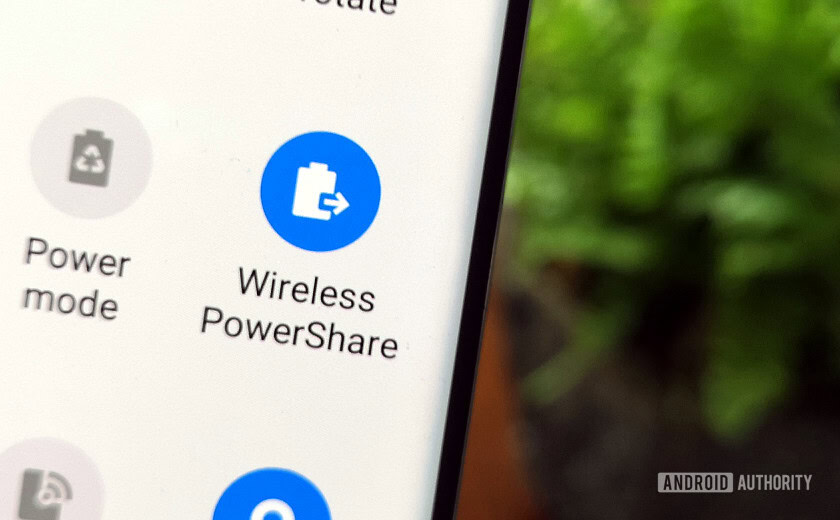Affiliate links on Android Authority may earn us a commission. Learn more.
We are one step closer to wireless charging from a distance – no pad needed
Published onJune 27, 2019

Wireless charging is an awesome feature for any smartphone to have. However, for it to work, you still need to put the phone on some sort of pad or dock to initiate a charge.
In the future, this might not be necessary (via CNET). Today, a company called Ossia earned FCC approval for its technology which allows for wireless charging over radio waves from up to one meter away. That means you could simply stand near a wireless charger and your phone would get some more juice.
Ossia’s wireless charging device is called Cota and it uses the same 2.4GHz radio frequency used by your Wi-Fi router. Instead of beaming around data, though, it beams around power.

Now, don’t get too excited — it’s not like the Samsung Galaxy Note 10 is going to come with this capability. The FCC approval only applies to industrial situations, not for in-home use. Also, the technology as it currently stands only allows for one watt of power — hardly comparable to something like the Warp Charge 30 for the OnePlus 7 Pro, which delivers 30 watts of power through a cable.
Even most wireless charging pads offer between 5 and 10 watts of power, so this is more of trickle power than anything else.
Still, one watt of juice from one meter away could allow for a battery-powered device to always stay charged without a cable. Something simple, such as a smart speaker, could theoretically have a battery that wouldn’t need replacing for years and also not need to be plugged into a wall.
Ossia hopes to have its products available to specific industries by 2020.